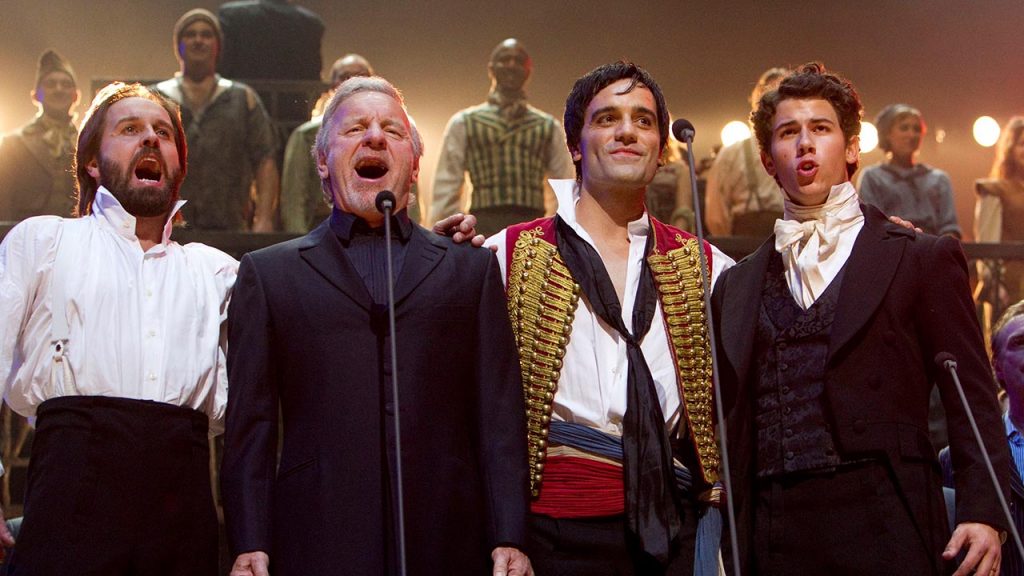Yöse – Recent changes In 2024!
Have you ever wanted to experience the thrill of live theater from Japan? That’s exactly what yöse brings to life – it’s fun, it’s exciting, and it’s for everyone to enjoy!
Yose, or 寄席 in Japanese, represents more than just a form of entertainment – it’s a cultural phenomenon deeply rooted in Japanese history and tradition. Originating in the 18th century, yöse has a diverse array of performances, including narrative storytelling, comedic acts, emotional dramas, magical displays, and more.
Let’s dive into the amazing world of yöse together! It’s a special type of entertainment from Japan that’s been delighting audiences for centuries.
When Did Yose Become Popular? – Check Out The Steps!
Cultural Context of the Edo Period
During the Edo period in Japan (1603-1868), the country experienced a significant transformation in its cultural landscape. This era was characterized by a flourishing of arts, literature, and entertainment, fueled by urbanization and economic prosperity. Cities like Edo (present-day Tokyo) became bustling centers of commerce and culture, attracting people from all walks of life.
Read: Benefits of Remedial Massage in Sydney for Stress Relief
Emergence of Yöse as Entertainment

Amidst this cultural renaissance, yöse emerged as a popular form of entertainment. Yöse theaters, known as “yose-za,” began to proliferate in urban centers, offering a diverse array of performances to eager audiences. From narrative storytelling to comedic acts and magical displays, yöse provided a welcome escape from the rigors of everyday life.
Inclusive Nature of Yöse Theaters
What set yöse theaters apart was their inclusive atmosphere. The term “Hito yose seki,” which translates to “Where people sit together,” encapsulates the communal spirit of these theaters. Regardless of social status or background, people from all walks of life gathered in yöse theaters to share in the joy of performance art. This sense of unity and camaraderie fostered a unique bond among audience members, transcending societal divides.
Read: Ill Master This Family – See What’s It?
Appeal to Diverse Audiences
Yöse’s appeal extended to a broad spectrum of society, attracting both the elite and the common folk alike. While the wealthy might enjoy the sophistication of classical performances, the working class found solace and entertainment in the humor and relatability of yöse.
This cross-cultural appeal made yöse theaters vibrant hubs of social interaction and cultural exchange, where people from different backgrounds could come together and find common ground.
Legacy of Yöse in Japanese Culture
Despite the passage of time, yöse’s legacy continues to endure in Japanese culture. While the traditional yöse theaters of the Edo period may have dwindled in number, the spirit of yöse lives on through modern adaptations and reinterpretations.
Today, yöse-inspired performances can be found in various forms of media, including television, radio, and online platforms, ensuring that this cherished tradition remains a vibrant part of Japan’s cultural heritage.
Where Were Yose Performances Held?

Yose performances found a home in dedicated theaters known as “yose-za,” scattered throughout Japan during the Edo period. From bustling urban centers to remote villages, these theaters served as hubs of cultural exchange and artistic expression.
Audiences flocked to yose-za to witness the latest tales, jokes, and feats of skill, forging connections and fostering a sense of community in the process.
How Did Yose Stories Vary?
One of the most captivating aspects of yöse is the sheer diversity of its storytelling. From epic narratives inspired by historical events to whimsical anecdotes filled with laughter and wit, yöse offers something for every taste and temperament.
Skilled performers, known as “hanashi-ka,” masterfully weave tales of love, courage, humor, and intrigue, captivating audiences with their virtuosity and charm.
Does Yose Still Exist Today?
While the heyday of traditional yöse theaters may have passed, the spirit of yöse lives on in various forms across modern Japan.
Television, radio, and online platforms serve as conduits for contemporary yöse performances, ensuring that this beloved art form continues to resonate with audiences old and new.
Additionally, cultural festivals and special events often feature yöse-inspired entertainment, keeping the tradition alive for future generations to enjoy.
Who was San’yūtei Enchō?
San’yūtei Enchō emerges as a towering figure in the annals of yöse history, revered for his unparalleled talent and influence. Born in the 19th century, Enchō honed his craft as a storyteller, mastering the art of rakugo and earning acclaim for his dynamic performances. His legacy endures through his countless contributions to yöse culture, inspiring generations of performers to follow in his footsteps.
Read: theapknews.shop health – Explore In 2024!
What Are Yosemoji?
Yosemoji, also known as Edomoji, serve as visual ambassadors for the world of yöse, adorning posters, flyers, and advertisements with their distinctive flair. These ornate lettering styles, characterized by bold strokes and intricate designs, capture the essence of yöse’s creativity and spectacle, enticing audiences to experience its magic firsthand.
How Were Yose Performances Broadcasted?

The advent of radio broadcasting in the 20th century ushered yöse into a new era of accessibility and outreach. Radio programs dedicated to yöse allowed listeners to enjoy performances from the comfort of their own homes, expanding the reach of this cherished art form to audiences far and wide. Through the airwaves, yöse found a modern audience eager to embrace its timeless appeal.
Why Did Yose Theaters Start To Close?
Despite its enduring popularity, traditional yöse theaters faced mounting challenges in the face of changing cultural tastes and technological advancements. The rise of cinema and other forms of entertainment posed stiff competition for yöse, leading to the decline of many theaters across Japan. Economic pressures and shifting audience demographics further hastened the closure of yöse theaters, marking the end of an era for this venerable art form.
Are There Any Similar Shows Today?
While the landscape of Japanese entertainment has evolved over time, echoes of yöse’s spirit can still be found in contemporary performances and cultural events. Manzai, a form of comedic duo performance, and Naniwa-bushi, a traditional folk music genre, both share similarities with yöse in their emphasis on humor, storytelling, and audience interaction. These modern manifestations of traditional art forms serve as a testament to the enduring legacy of yöse in Japanese culture.
To Wrap Up:
In simple terms, yöse is like a special treasure chest in Japanese culture that shows how powerful storytelling and performances can be. It started a long time ago during the Edo period and has changed a bit over time, but it still captures people’s hearts with its imaginative stories and fun performances.
Read Also:
